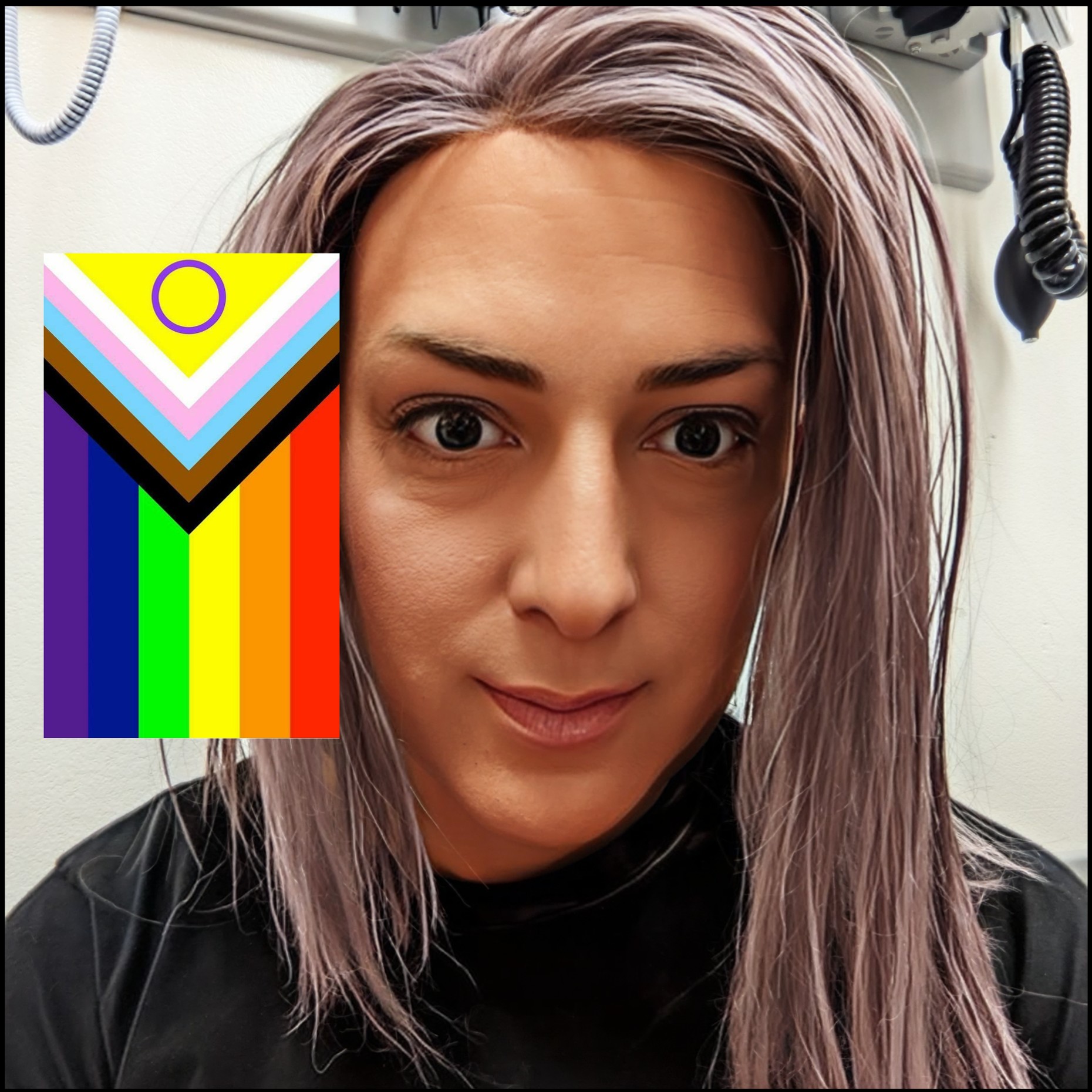Alright – so today we’ve got the honor of introducing you to Stephenie Magister. We think you’ll enjoy our conversation, we’ve shared it below.
Alright, Stephenie thanks for taking the time to share your stories and insights with us today. Let’s talk about innovation. What’s the most innovative thing you’ve done in your career?
For my Master’s thesis, I conducted a content analysis of the mystery/thriller genre so as to determine what elements contribute to the commercial and critical success of a published novel. I isolated individual elements of the book’s storytelling style and plot, then ran the numbers to determine what makes the difference between a book that hits a best-seller list but doesn’t win awards, then reversed the question to see which books win awards but don’t become best-sellers.
The research showed that best-selling mystery/thriller and suspense books tend to feature villains and crimes that are clearly wrong and feature consequences that will be resolved by the end of the story. For example, a story where the criminal is a murderer, and the point of the story is to stop them before they kill again. An award-winning story that wasn’t commercially successful, however, featured crimes with a fallout that will stick with the characters forever. For example, if the crime involves kidnapping and/or harming children, the book was more likely to win awards but not hit a best-seller list.

As always, we appreciate you sharing your insights and we’ve got a few more questions for you, but before we get to all of that can you take a minute to introduce yourself and give our readers some of your back background and context?
I spent over ten years as a developmental editor for best-selling and award-winning authors. In 2018, however, a traumatic brain injury left me changed forever. My greatest skill was being able to hold an entire book in my mind, which empowered authors to see what small and big changes would do to the overall experience of their soon-to-be-published novel. Since accepting my new limitations and disability, I run a small program and publication called Queer History with Step-Hen-ie, where we deep dive into queer media throughout history, as well as interview queer people (and allies) who are leaving a lasting positive impact.

Let’s talk about resilience next – do you have a story you can share with us?
My resilience comes from having Dissociative Identity Disorder. The name “Stephenie” is just the legal name we have for the body thirteen of us share. When times become too tough for one of us to endure, our identity shifts from one person being forward to another. Unfortunately, a bicycle accident in 2018 left us with a traumatic brain injury that eliminated our ability to control the shifts.
A website for DID classifies our type of disorder as Tertiary Structural Dissociation—which means all thirteen of us in this body are distinguished as either Apparently Normal Parts (ANPs) or Emotional Parts (EPs). The ANPs do not remember most of the childhood trauma that caused us to develop DID, but they are emotionally distant or, as the disorder says, dissociated. On the other side are the EPs, who struggle to understand that the trauma in which they were born is not still happening. We are safe now. We are home.
DID has caused us an understandable amount of suffering—but has given us compartmentalized resilience. Each of us has different skills and memories. Each of us responds to stress in different ways. We fought together to survive the trauma of our childhood. We continue to fight for each other to thrive. We function only because our therapist has helped us develop a system with which to communicate and negotiate our disorder.


Any stories or insights that might help us understand how you’ve built such a strong reputation?
In publishing, I was known as the Story Whisperer. I don’t see any book as objectively better than the other. Some stories are just better fits for different readers. My goal then when editing a book was to help each author visualize what would make their story as accessible, engaging, and impactful for their core readers. This required accepting that a story that is a much better fit for one group is going to be a terrible fit for a different group of readers. I like to think this also helped authors understand not only that you can’t please every reader, but that accepting which readers would hate the story is how you find clarity over which readers will love it.


Contact Info:
- Website: https://linktr.ee/StephenieMagister
- Instagram: https://www.instagram.com/stephmagister/
- Facebook: https://www.facebook.com/stephen.edits.7
- Linkedin: https://www.linkedin.com/in/stephenie-magister-a6b1a116/?trk=nav_responsive_tab_profile_pic
- Twitter: https://twitter.com/StephMagister
- Youtube: https://www.youtube.com/channel/UCthOh6CvMjwu–jcXfeebiQ
- Other: Substack: https://cooltransmom.substack.com/


